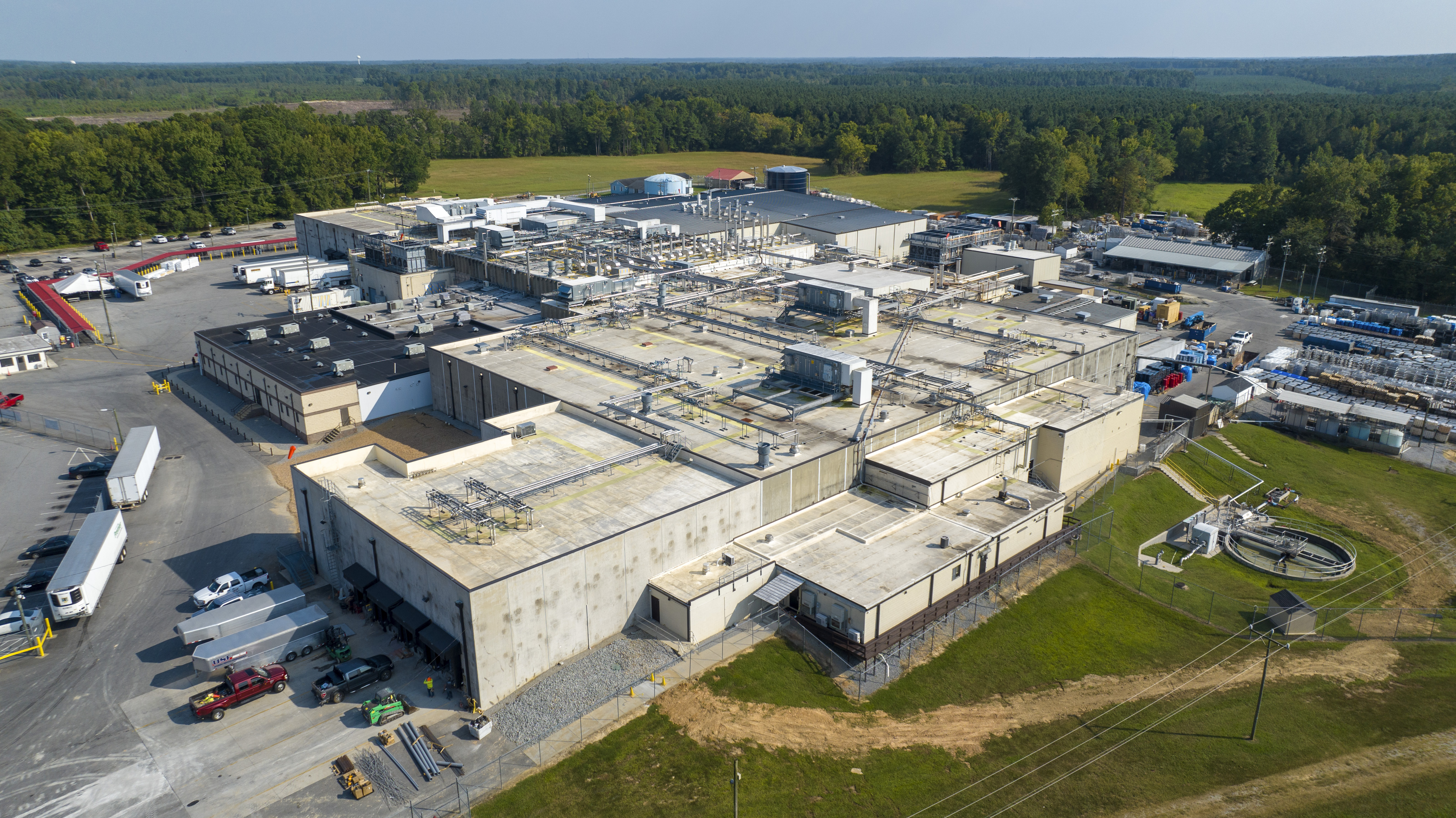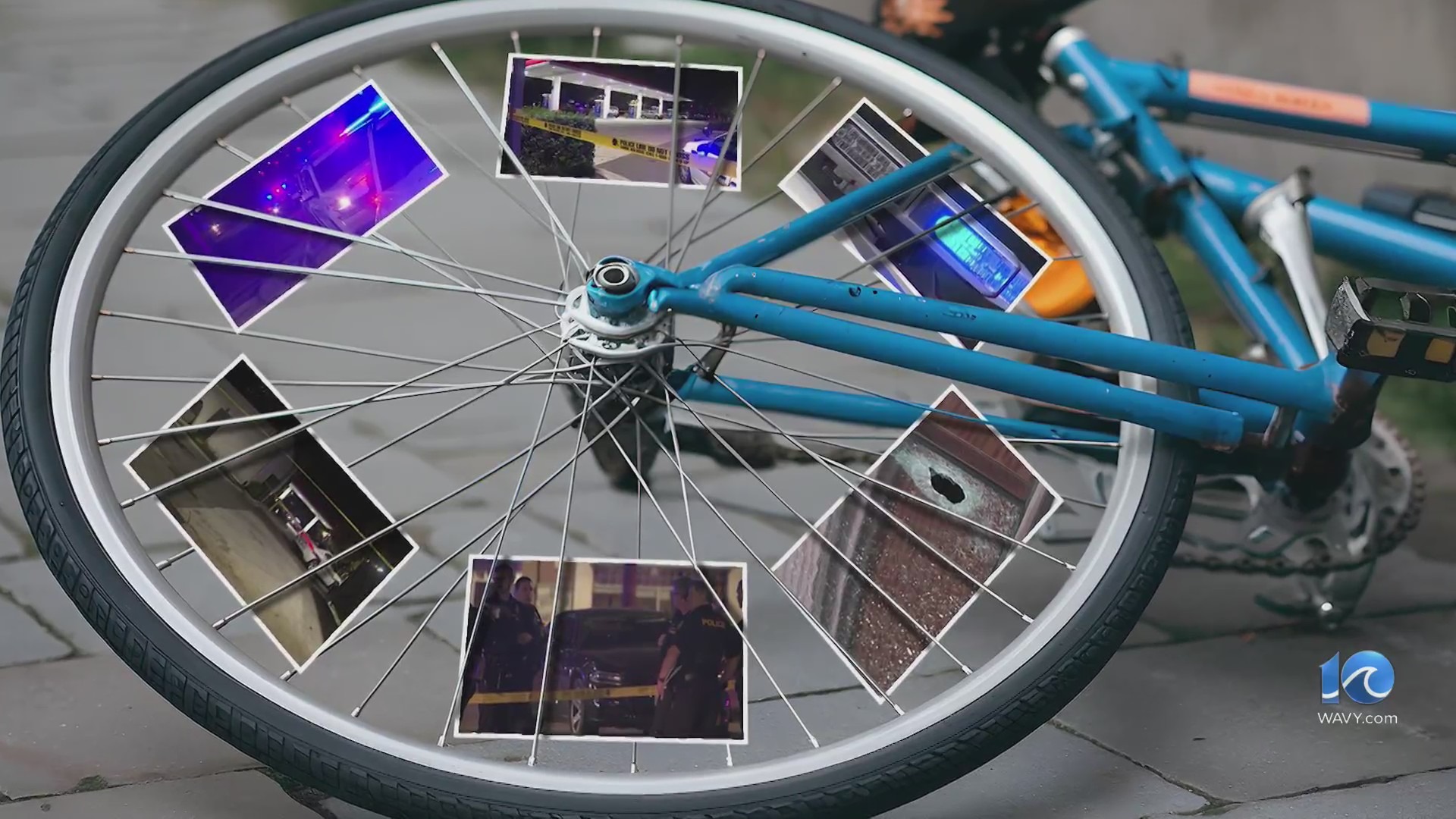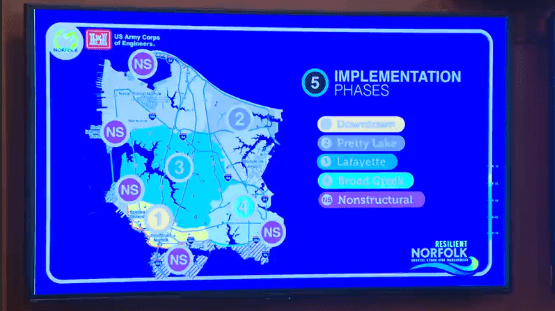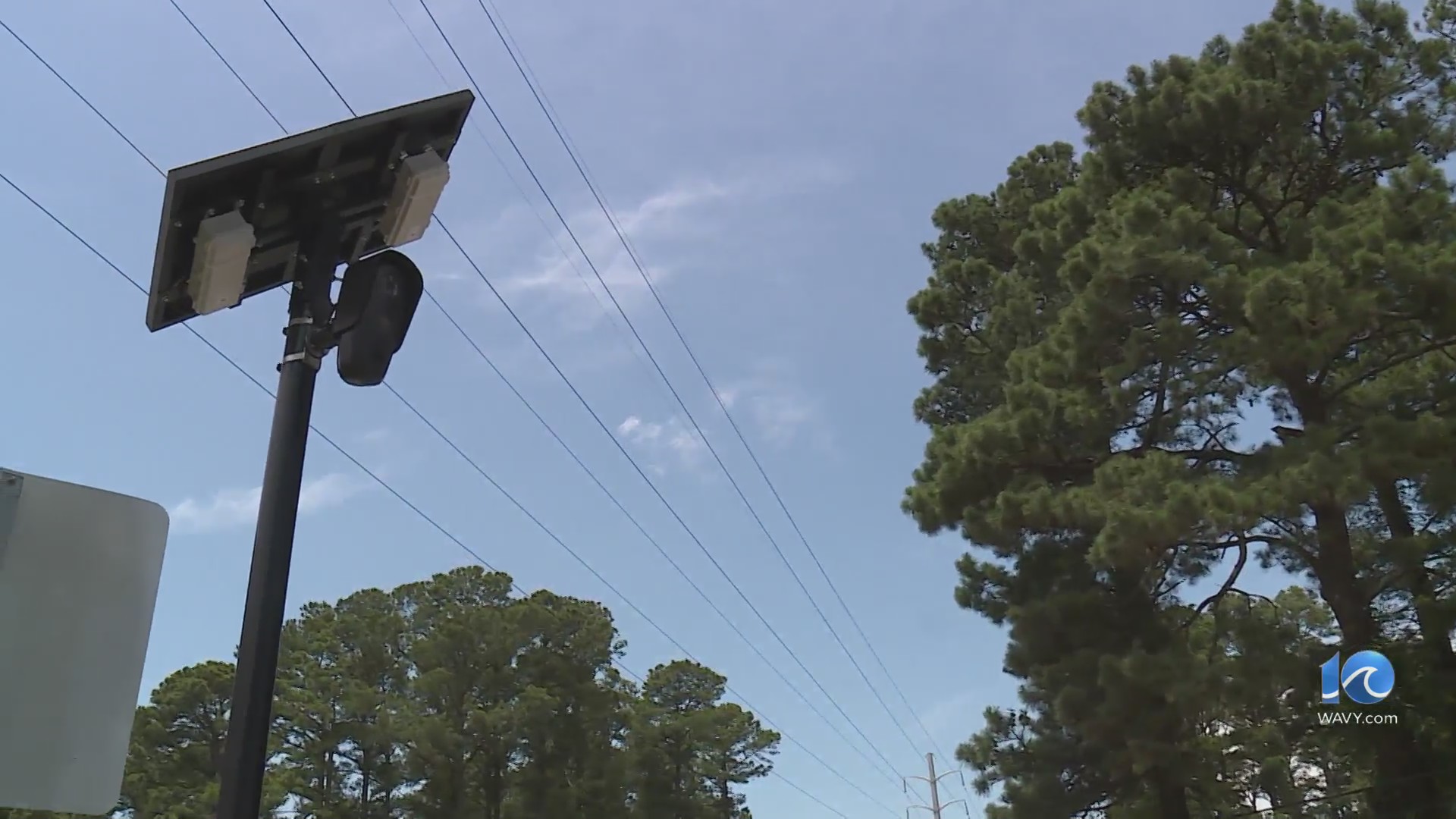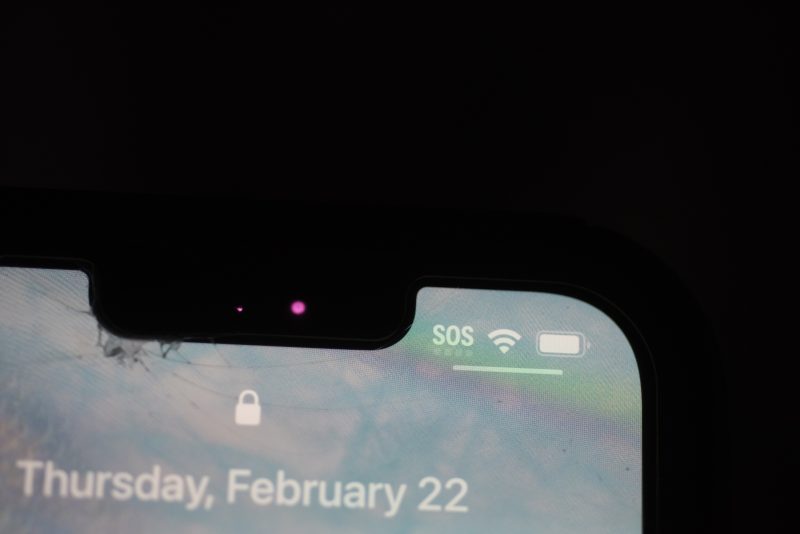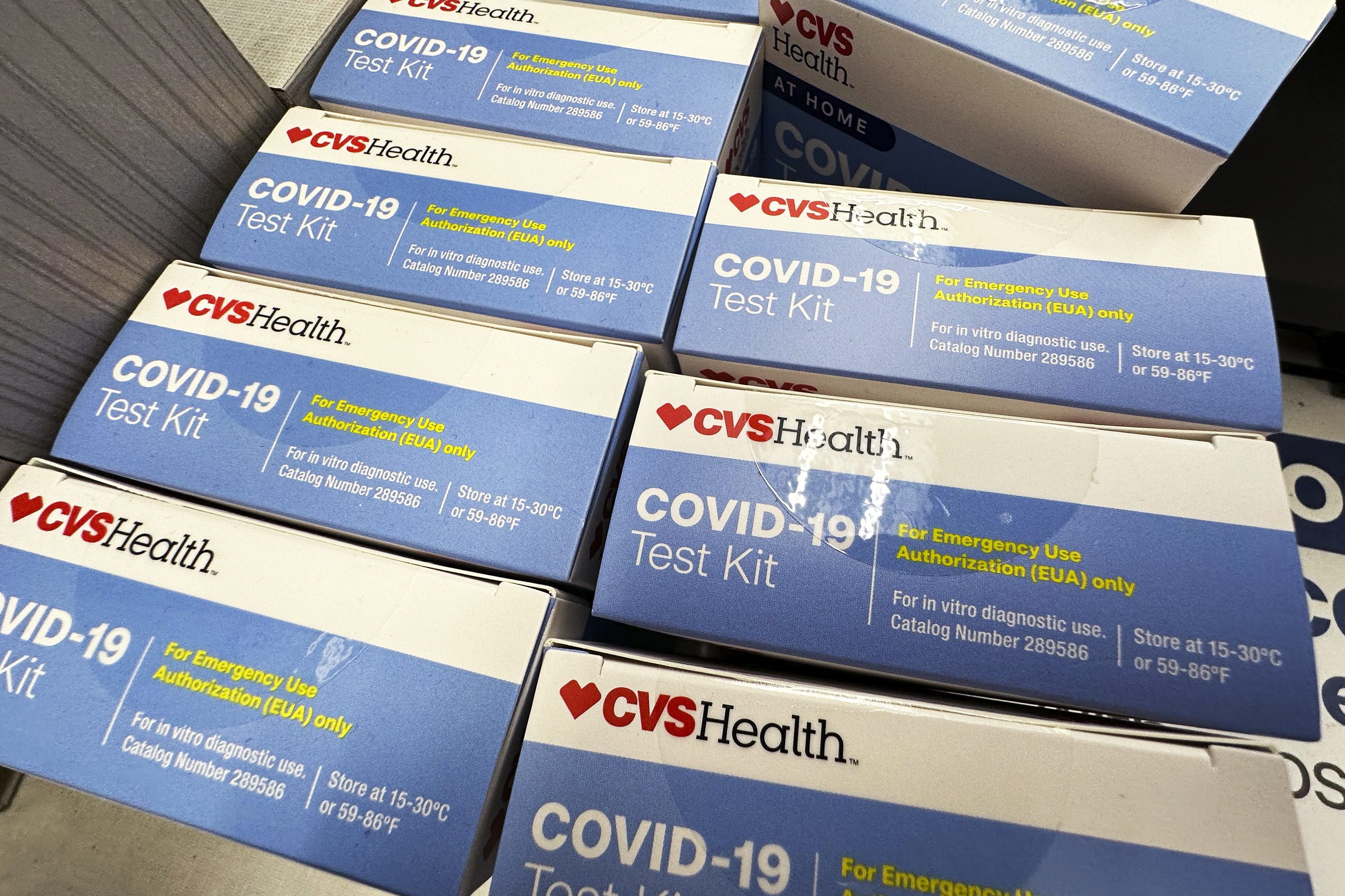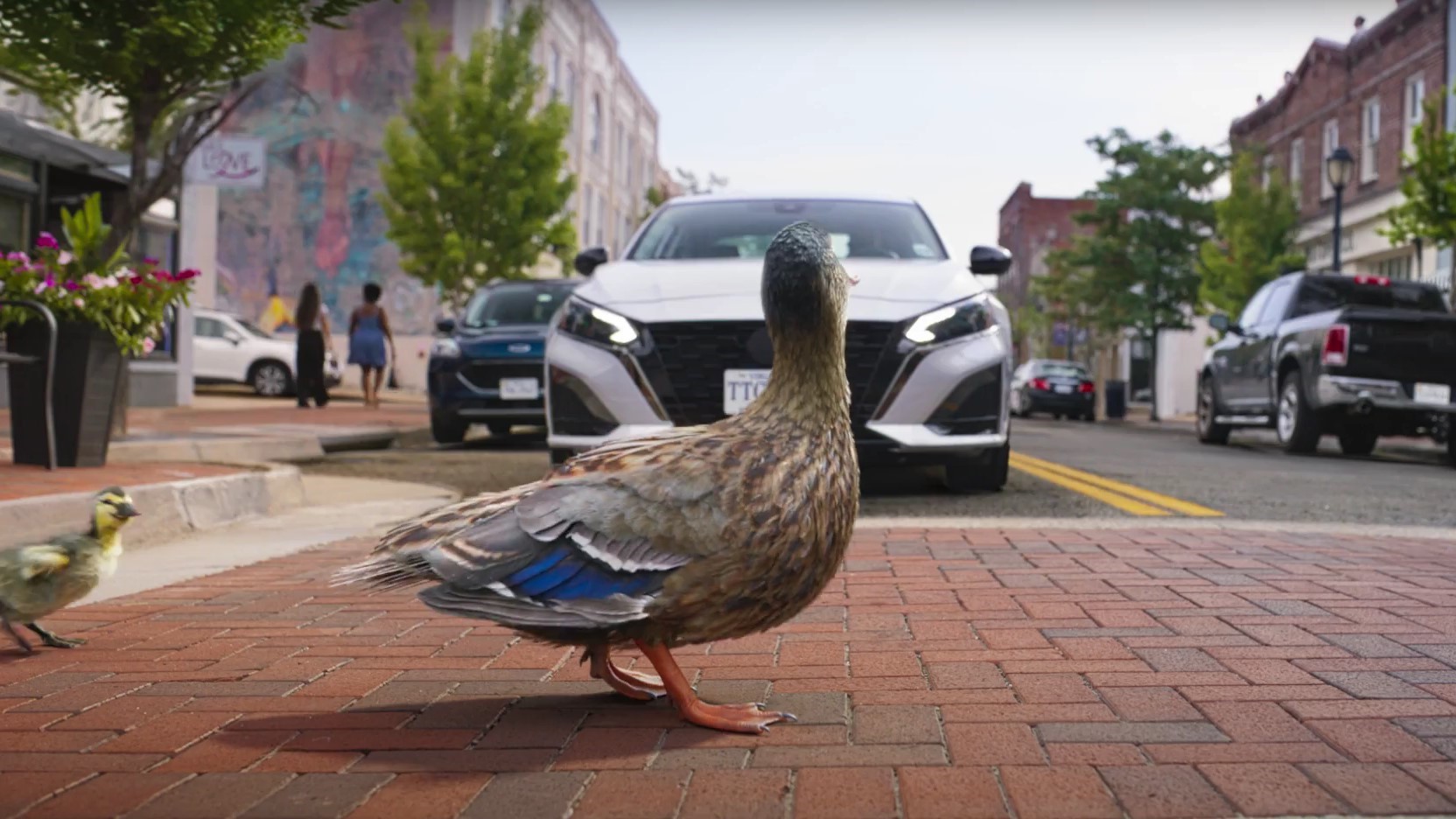Once a year, Green Car Reports takes a closer look at the market’s best and brightest green vehicles—models that help assure a cleaner future for us.
One of these will be named Green Car Reports Best Car To Buy 2025 on Jan. 6. Read on for a quick snapshot of each and a quick summary of our priorities, and then check back for a closer look at each of their credentials over the next couple of weeks.
 2025 Chevrolet Equinox EV
2025 Chevrolet Equinox EV
Chevrolet Equinox EV
Sometimes it’s simple: The 2025 Chevy Equinox EV costs $34,995 for 319 miles of EPA range, in a vehicle sized and shaped like today’s most popular kind of family vehicle—a wagon-like crossover SUV. Even before the $7,500 EV tax credit, the Equinox EV amounts to a bargain for freeing your family of gas pumps and tailpipes. Quite simply, it’s on this list because it makes electric vehicles affordable to mass-market car buyers not in a niche commuter-vehicle form, but in one they might pack the whole family into.
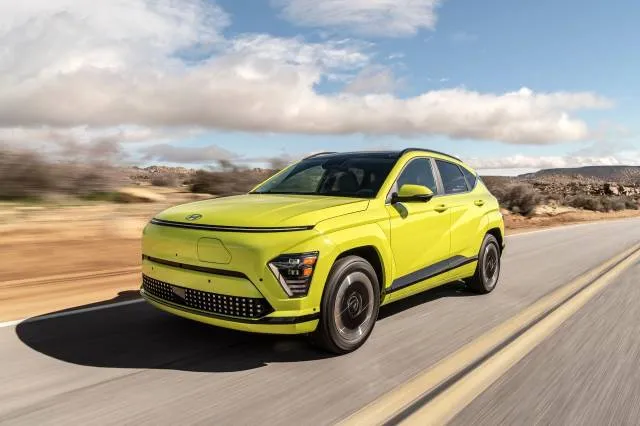 2025 Hyundai Kona Electric
2025 Hyundai Kona Electric
Hyundai Kona Electric
Where have all the small-but-practical, urban-savvy EVs gone? The closest new entry we have in the U.S. market, this year is the Hyundai Kona Electric. It’s not a dedicated electric vehicle, but it might as well be one as it outshines the gasoline Kona in performance and drivability. With the base Kona Electric SE, Hyundai’s offering a modest 48.6-kwh battery pack that will still be plenty big for commuters, at 200 EPA miles, while SEL and Limited versions get a 64.8-kwh pack and a 261-mile range. Much-upgraded cabin trims plus meaningful cabin-tech updates amount to a car that’s easy to park but not short on amenities.
 2024 Porsche Macan EV
2024 Porsche Macan EV
Porsche Macan Electric
The Taycan, which was known as Mission E until it was almost ready for deliveries, started as a special project, set to face off with Tesla and reckon with a mostly fully electric future for this storied sports car brand. But now Porsche is carrying those smarts from its electric experiment into its top-selling model, the Macan SUV. With a new platform that learns from the Taycan’s original range and efficiency shortcomings, downsizes key components to save weight, and maximizes acceleration performance, charge rates, and brake regeneration—plus rear-wheel steering and an air suspension for some of the lineup—the Macan EV looks like the heart of Porsche and of high-performance luxury SUVs.
 2025 Rivian R1S
2025 Rivian R1S
Rivian R1S
We usually reserve our Best Car To Buy finalists to models that are completely new or extensively redesigned or reengineered. So why did we put the R1S on the list a couple years after it was first delivered to customers? It takes some looking past the mostly-carryover appearance of Rivian’s R1 models to get to why it’s here. It’s here because it’s better in every way.
With re-engineered battery packs, motors, and body structure, plus an simplified electrical architecture, updated sensing suite, and flattened interface, these revamped electric trucks have earned a place. In everything from performance and ride and handling, the R1S does it better and a little more efficiently. It may not yet deliver the 800-volt or bidirectional charging Rivian had said was on the way—or any significant charging boost—but it innovates in manufacturability and a suite of tech it can scale up and use for its mass-market R2 and R3 models.
 2025 Volkswagen ID.Buzz
2025 Volkswagen ID.Buzz
Volkswagen ID.Buzz
Unless you’ve been living in a commune, disconnected from pop culture for decades, you’ve no doubt heard the news: VW brought back the Bus as an EV. It’s a smart move, as it lures you with hazy nostalgia from the 1960s counterculture icon, draws you into a thoroughly modern interior, and leaves you altogether in a different kind of family vehicle—the first U.S.-market electric minivan and, perhaps, the start of a new EV segment.
All that said, there are many pros and cons to juggle. The ID.Buzz took a long time to get to the U.S., but it’s only arriving here in a long, three-row version with a much higher price tag. Despite a bigger battery that fumbles the flat floor, its EPA range numbers only span up to 234 miles. But with available all-wheel drive, relatively perky performance, and a decent interface, it covers all the functional bases without muting all the buzz.
 2024 Kia EV9
2024 Kia EV9
How we decide Green Car Reports’ Best Car To Buy
Amassed peer-reviewed papers and respected scientific sources agree that in the vast majority of typical use cases, electric vehicles are better for the environment.
We know that assembling an electric vehicle, making the battery, and sourcing the materials for it adds to the vehicle’s carbon footprint. These impacts are offset versus gasoline models within a few years of the EV’s service life, but in looking at any EV we consider the size of the battery and whether it’s truly necessary for the purpose of the vehicle.
In averting tailpipe emissions, the effects on health for your community and household are immediate and positive.
Efficiency is the priority
Sure, range matters in an EV, but shorter-range models with smaller battery packs can be among the greenest picks in some households. With families making second (and third) vehicles fully electric too, who needs all that range in every vehicle?
Yes, we chose the reigning range champion, the Lucid Air, two years ago, but it wouldn’t have made it to the top had it not also been one of the most efficient EVs.
 2024 Tesla Model 3
2024 Tesla Model 3
Big market impact—now or long-lens
The Best Car To Buy needs to make a big impact (short- or long-term) on the market. That could be interpreted as going for volume and affordability, making a new segment of the market electric, or setting a new standard for efficiency or technology. It needs to be the best, but as we’ve seen in past Best Car To Buy winners, that can take many different forms.
PHEVs on ice
Green Car Reports continues to cover the range of hybrid and plug-in hybrid technology in vehicles, and we respect that an all-or-nothing approach isn’t always the best way to electrify the fleet or to convince a mass market to choose more environmentally sound vehicles. For the greater good the next-best option is often better than not opting for a greener pick at all.
Cutting out performance models working regulators’ loopholes with a charge port, plug-in hybrids remain an intriguing pick, especially when the charging infrastructure just won’t meet needs for weekend trips but drivers are dedicated to keeping zero-tailpipe-emissions for the commute. Efficiency-focused PHEVs are coming with 40, 60, or more miles of all-electric range. Will they convince a new type of shopper to plug in?
All that said, placing another internal combustion vehicle into service, as a potential emissions source for decades, carries with it a high bar for making our Best Car To Buy shortlist. And there simply aren’t any new ones this year making that cut.
Related Articles
- US EV charging kept up with growth, gained reliability in 2024
- Report: Quirky Toyota Previa minivan returning as PHEV, with EV variant
- Review: 2024 Porsche Macan Turbo Electric throws its weight around effectively
- Affordable Faraday Future EVs will debut at CES 2025
- Ford F-150 Lightning recalled due to detaching suspension








